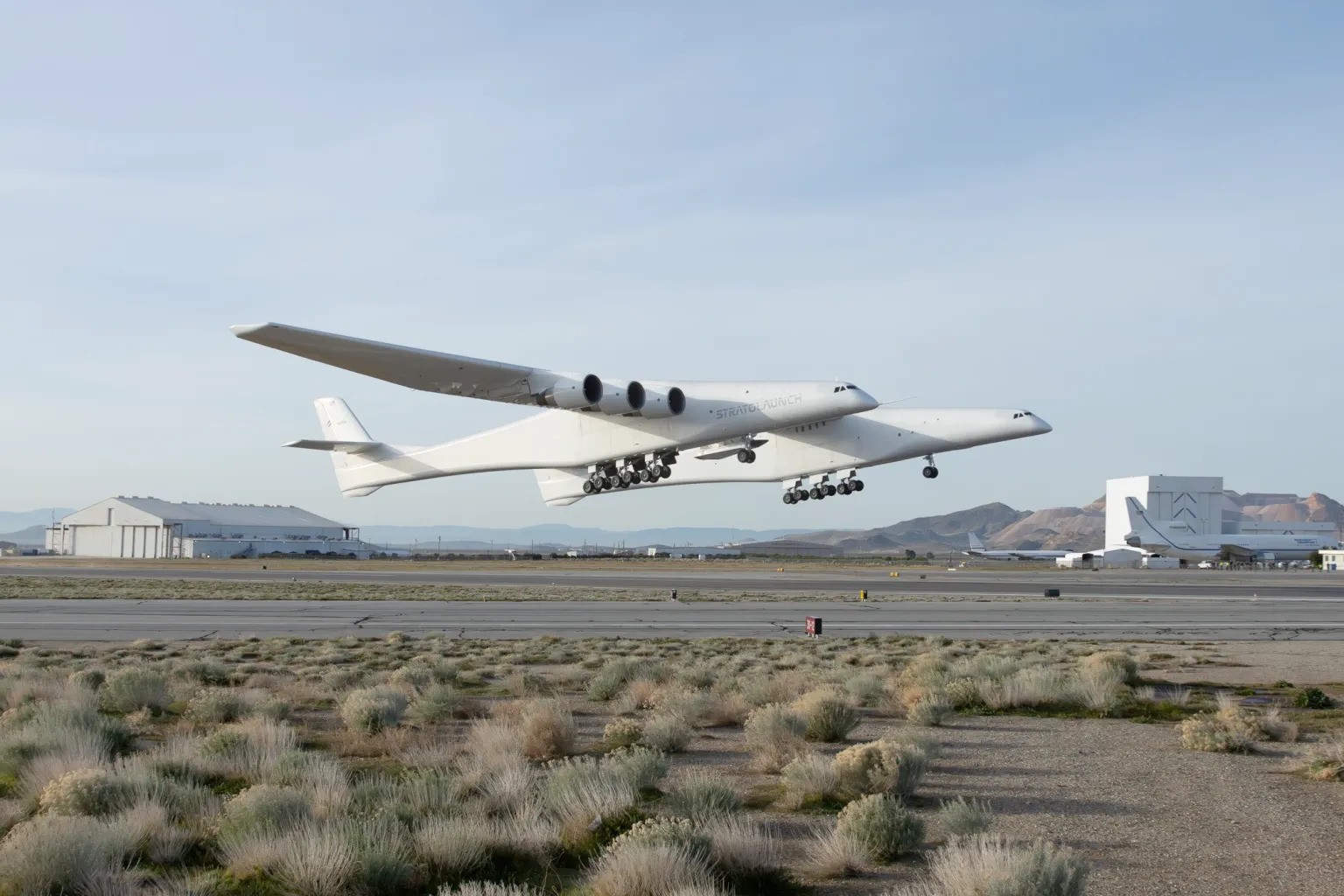Representatives of the Stratolaunch company reported that the first test of the hypersonic vehicle they created was successful. On March 9, the Talon vehicle separated from the world’s largest Roc aircraft.

Successful test
On March 9, at 10:17 a.m. Eastern, the world’s largest Roc aircraft, owned by Stratolaunch, took off from the airfield in the Mojave Desert. It headed west and soon launched the Talon unmanned hypersonic vehicle.
This was the first flight test of the latter with the engine running. Before that, it was either dropped from the Roc in glider mode, or test launches of the power plant were carried out on the ground. Representatives of Stratolaunch did not comment on what speed or range Talon achieved, but assured that they were completely satisfied with the tests.
According to representatives of the Stratolaunch Talon, the TA-1 model could reach hypersonic speed, which was the main purpose of the tests. Usually its limit is defined as Mach 5, that is, five times greater than the speed of sound.
Future plans of Stratolaunch
According to the company, the successful separation of the TA-1 from the carrier and the activation of the engine show that the concept as a whole works and the first model has fulfilled its role. Now the Talon TA-2 is being prepared for flights. Experts hope that its first test will take place in a few months and, unlike the current sample, it will be reusable.
The company is also building an even more advanced TA-3 model and modifying the Boeing 747 aircraft. It was bought at an auction of the property of Virgin Orbit, which went bankrupt last year. Now it is planned to be converted to a second launch platform.
Stratolaunch was founded more than a decade ago by Microsoft co-founder Paul Allen with the initial goal of providing air launch services using a giant twin-fuselage aircraft with six engines. The company has considered SpaceX’s Falcon 9 variant at various times, Orbital ATK’s Thunderbolt vehicle concept (now part of Northrop Grumman) and that company’s existing, but much smaller, Pegasus XL rocket. Then he began work on his own launch vehicle and engine.
The situation changed after Allen’s death in 2018. The company abandoned plans to create its own launch vehicle and was later sold to the private investment company Cerebus. In 2020, the company announced that it would focus on developing hypersonic vehicles that would be launched from the air by Roc.
According to spacenews.com
Follow us on Twitter to get the most interesting space news in time
https://twitter.comne/ust_magazine


